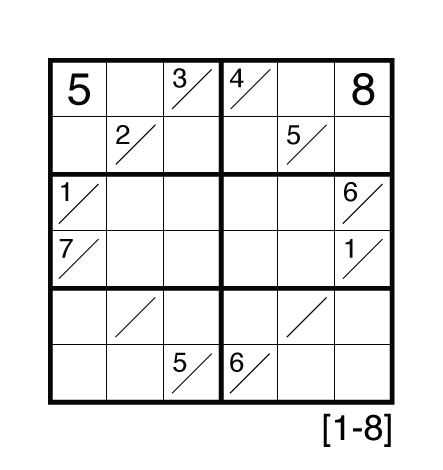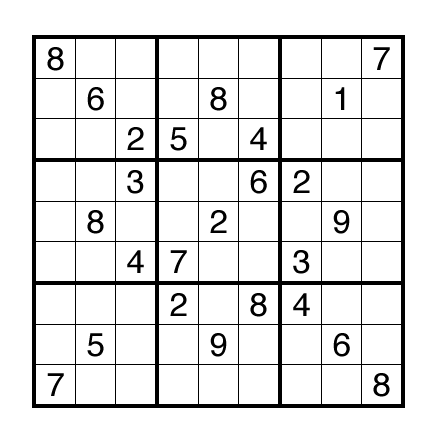Update on Thomas: I’m taking a sabbatical from full-time work/GMPuzzles/… in 2023
(Copying a message below after a day where I’ve felt better than any time in the last 5 years having made a hard life decision. If I haven’t seen you in awhile or written in awhile, this is my commitment this year to share the love with my closest network, to detoxify myself and then to reconnect with my 1000 strongest connections to then see what we can do together on the problems we don’t even know to identify yet. The spark came from thinking about my move to 2014, the story of me ending my (f)unemployment from puzzles and relearning my love of science. It was a letter to Chad. I’ll not share his response unless he agrees, but I want you to know what I’m saying to my close network of people. Writing letters as with a postage stamp may not be a scalable thing to do, but I don’t care right now as it is a great way to share clear thoughts.)
Dear Chad,
There are not enough words (certainly not these 500+) that can say how much I appreciated your love last year, hearing your family connection to mental health while going through a challenging 2022 myself.
You might have seen Verily’s reduction in workforce news. Wednesday was a tough day for me after an exhausting JPM week. I drove to my college alma mater today and cleared my head and feel quite different. It’s added up to the decision in the header, I am taking a sabbatical from full-time work in 2023. I want to slow down parts of my life so that I can speed up my thinking. I want to help change the world, to coach the teams that might be able to.
My first innovative decision is to try life without a cell phone for this year, and connect back with the people I love. I may write a scientific paper after 12 months about the experience on my mental health and on others — I have lots of good measures and I am a data scientist so there could be a story there. Having gone through DBT therapy and being observant has made me recognize even just watching the homeless and mentally ill, or trying to talk to them and seeing how often I can get through — those observations from a person like me could make a difference. I think my main research goal might become tackling mental illness, but January is just about reading non-science books and trying other things.
So to keep me accountable — that this is a sabbatical and not a retirement — I commit this year, every couple months, to write you some thoughtful notes, with no rush for you to respond back (consider it a long letter sent with a postage stamp). I will be visiting different places sometime and I would love to get a set-up like a $1 and 0 equity advisor role just so I can have a badge back if I find myself in Seattle and want a place to sit and do some thinking and don’t need to send any emails to have an open door and a hotel desk. I don’t have an admin, I don’t want an admin. I want an open door like I loved having when I was at google so I could see a foreign city and get a quick snack before heading to an airport if needed. When it is a longer stay, we should certainly arrange an invited talk, a chance for lunch or other connection with you and Harlan.
I have strong connections in 10+ cities, but yours is the only one I want to start with for Seattle, because just talking about immunosequencing with some of its pioneers may revive what I felt in 2014, a time I consider one of the most stimulating in my life as I had access to all your data and to Tableau and could just play. I want my 1-2 day experiments to be things I can share anywhere, and we’ll discuss how this might be possible later. My message today was to just say I made a decision for me and am off the market but also not working anywhere deliberately. I’m going to celebrate my 43rd birthday next Thursday by being with my best friend, their partner, and child, in Boston who I haven’t seen enough since they moved away from SF during my post-hospitalization therapy.
I know we’re not genetically related, but I consider you a dear part of my family — I only use the term for closest connections and mentors/mentees in both directions. I do hope that you are managing these tough times. No rush to respond, but I look forward to a pleasant surprise in my inbox within the next 12 months. And I’ll stand by my commitment to write when I want to share a connection and fun life experience and maybe a new idea where something is connecting in a bigger picture I want to form.
With love,
Thomas








